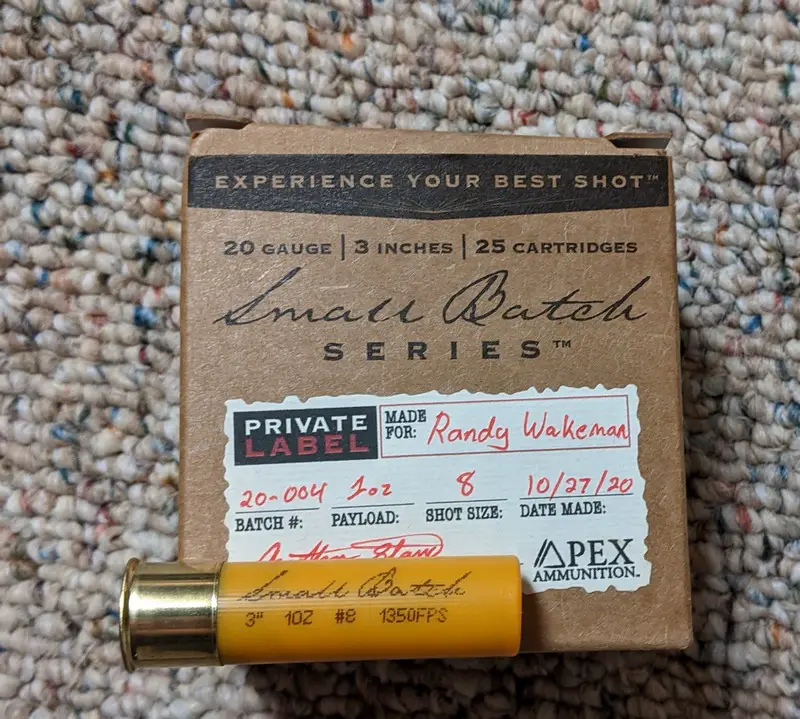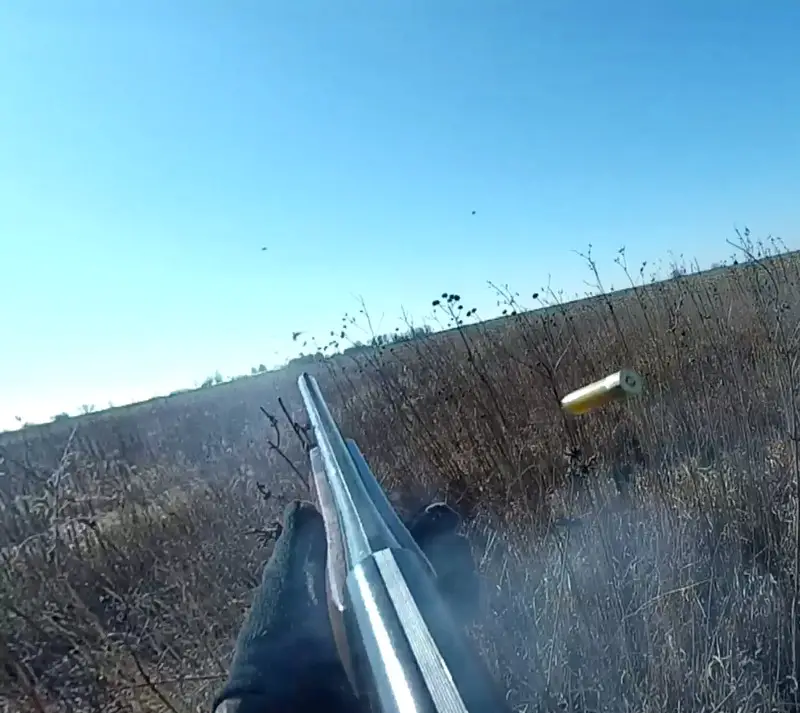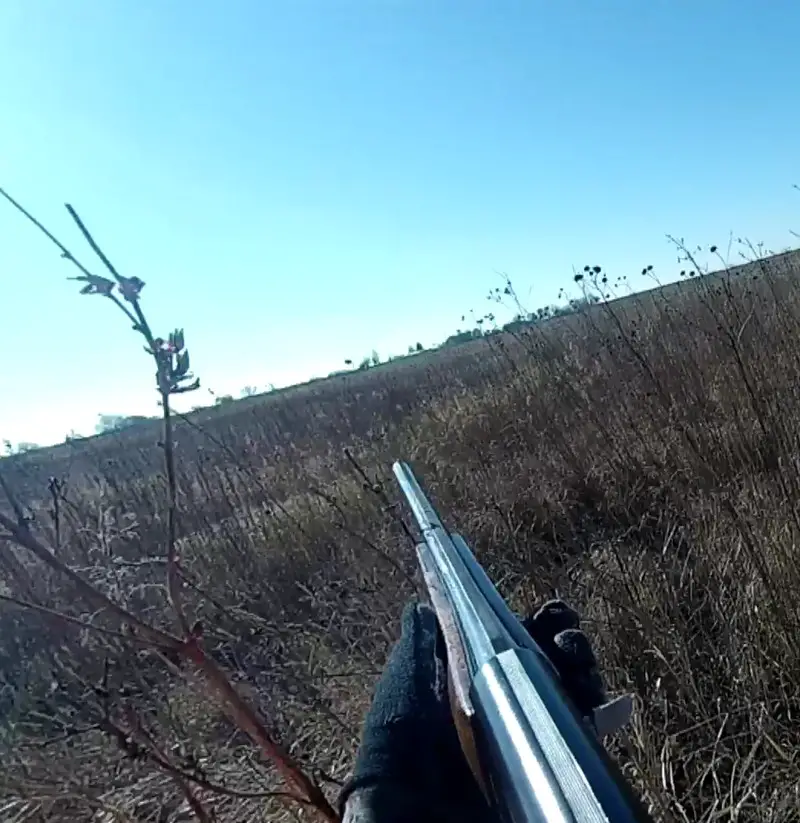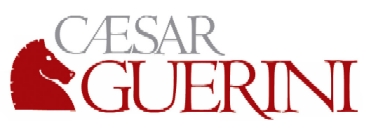The 65 yard Pheasant and Mallard Load

For decades, sportsman have been struggling to find ways to get back to the performance level of high-quality buffered lead loads. Finally, Apex TSS loads not only better the performance of lead shot, they obsolete it. The goals are simple ones: use less ammo, eliminate cripples, and extend range.
The key is density of the shot, not the lies and cries of “Hevi,” and high-quality spherical pellets, not the gravel type attempts of earlier over-hyped loads. Whether is is an ounce of feathers, an ounce of lead, or an ounce of steel they all have one ounce payloads.
The gold standard for long range pheasant and mallard loads has always been #4 lead, as shown by the extensive prior Bellrose and Nilo Farms studies. The Bellrose Study was discussed in Oberfell & Thompson, suggesting 45 yards as the 95% bag percentage on mallards. The Nilo Lethality Model, as presented by Bob Brister, used an 80% bag rate, was 43 yards with 1-1/4 oz. #4 lead out of a full choked 12 gauge. The commonality of the best information to date, inclusive of Tom Roster, Bob Brister, and Ed Lowry along with several others is that 1) perfectly round is clearly the most lethal pellet, whether lead, steel, or some other material and 2) higher density shot wins the day along with sphericity.
While Tungsten Super Shot loads have been fully embraced by the shooting public for turkey hunting, pheasant and duck hunters have been slower to adapt. Many readers are interested in the “best” shotshell / choke combinations, regardless of price, for wild pheasants. It isn't hard to figure out why, for if you have a passion for wild pheasant hunting and are not living in pheasant country, you may well take in a South Dakota weekend hunt that may run $700 for three days, not including guiding, bird dogs, meals, a South Dakota hunting license, or getting there in the first place.
A fully guided three day wild pheasant hunt may run $1500 or so, and that is for a total of nine birds over three days. It doesn't take a lot of fun math exercises to quickly discover that the cost of premium ammunition is trivia. When you have $2000 or more wrapped up in a premier wild pheasant hunt, the idea of scrimping on shotshells or choke tubes quickly becomes nonsensical. There is little in the way of logic that supports not using the very best shells you can find, the best choke tube, and the shotgun that you personally do the best with.

In the above KPY Shotshell Ballistics table, 1-1/4 oz. #4 lead is compared to Apex TSS #8 1 ounce loads. Though a lighter payload and less recoil, the 1 oz. Apex load has 251 pellets: a 48% increase from the approximate 169 pellet count of 1-1/4 oz. of #4 lead. At 50 yards, you have far better penetration than #4 lead with Apex #8 TSS. In fact, you have better penetration at 60 and 65 yards with Apex #8 TSS than with #4 lead at 50 yards.
As Apex #8 TSS does not deform, it holds dense patterns at longer ranges than lead possibly can and the 48% pellet count increase fills the pattern out beautifully at 65 yards. The recoil is soft enough that you can use it with all pump and O/U shotguns, where 1-1/4 oz. loads might be considered annoying. A Trulock Precision Hunter Modified is all you could hope for at 65 yards. If you want even more range, Apex loads 1-1/4 oz. TSS 20 gauge loads as well in TSS #8 or TSS #7-1/2.


Apex, https://apexmunition.com/ , custom-crafts their Private Label in the loads you personally want. This particular "Randy Load" is 3 inch 20 gauge, 1 oz. TSS #8, 1350 fps. Once you try them, you'll experience a whole new level of hunting effectiveness and satisfaction.
Copyright 2020 by Randy Wakeman. All Rights Reserved.











